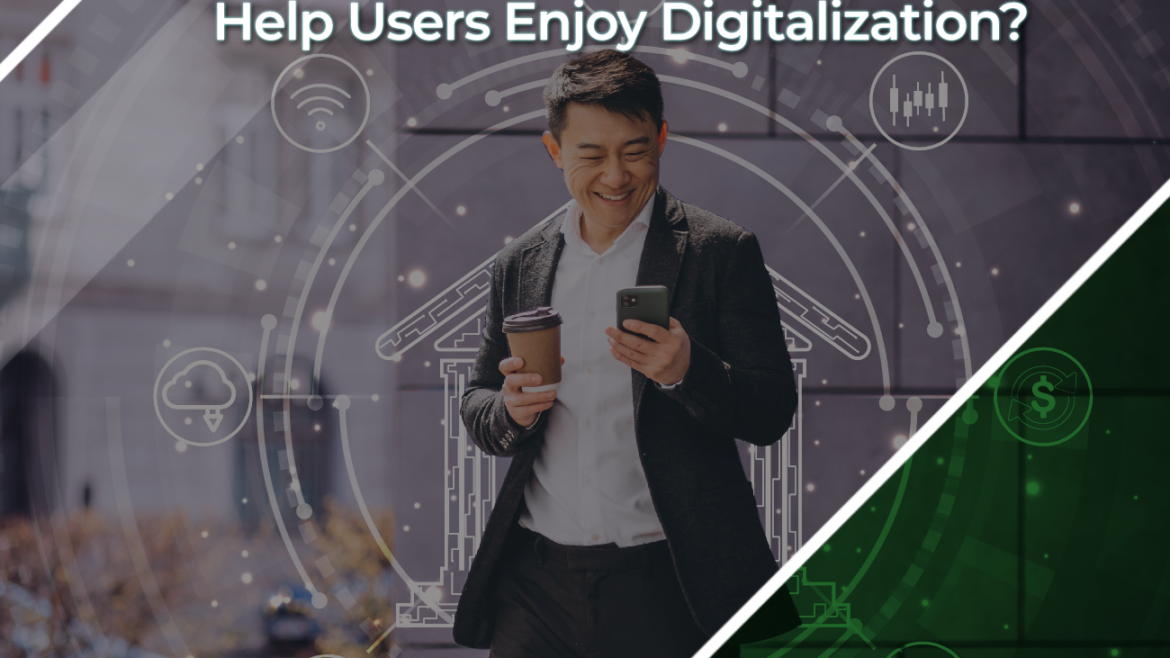In the fast-evolving landscape of digital banking, staying ahead of the competition and delivering exceptional customer experiences require more than just technology. Banks that embrace predictive analytics and data-driven decision-making are forging a path towards becoming the “extraordinary” banks of the future. As a technology company providing digital banking solutions, Exist Software Labs, Inc. is committed to empowering banks with the tools they need to harness the potential of data and achieve scalable success.
What is Predictive Analytics, and why does it matter?
Predictive analytics leverages historical data, machine learning algorithms, and statistical modeling to forecast future outcomes. For banks, this means harnessing vast amounts of customer data, transaction history, activity patterns, and market trends to make well-informed decisions. By adopting predictive analytics, banks can anticipate customer needs, identify potential risks, and personalize services, paving the way for smarter and more proactive banking experiences.
The Role of Data Warehousing in Predictive Analytics in Banking
Data warehousing acts as the backbone of predictive analytics initiatives. It involves the centralization and integration of data from various sources, enabling banks to access a holistic view of their operations and customer interactions. With a well-structured data warehouse in place, banks can efficiently extract, transform, and analyze data, fueling the predictive modeling process for informed decision-making.
Create more impact through data-driven decisions
Book a free technical consultation to start your digital transformation and data analytics journey
Embracing the Cloud for Scalability and Flexibility
Cloud technology offers the scalability and flexibility necessary to support the vast amount of data required for predictive analytics. Banks can store and process data real-time, ensuring faster and more accurate predictions. Cloud-based solutions also enable seamless integration with existing banking systems, making it easier for banks to adapt to evolving customer needs and market trends.
From Data Analytics to Data-Driven Decision-Making
While data analytics provides valuable insights, the true value lies in translating these insights into actionable decisions. Banks must foster a data-driven culture, where decisions are based on evidence and data-backed reasoning
How can banks transition from data analytics to data-driven decision-making?
Banks can transition from data analytics to data-driven decision-making by fostering a data-driven culture within their organization. This involves investing in data literacy, promoting a mindset of evidence-based decision-making, and integrating data-driven insights into their strategic planning processes. By embracing data-driven decision-making, banks can unlock the full potential of their data, make informed choices, and achieve greater efficiency and competitiveness in the digital banking landscape.
Conclusion
Predictive analytics and data-driven decision-making are redefining the future of banking. By leveraging the power of data, banks can unlock unprecedented potential — delivering personalized experiences, minimizing risks, and gaining a competitive edge in the market. As a leading digital banking solutions provider, Exist Software Labs, Inc. is committed to empowering banks to participate in the data revolution and helping pave the way for them to become “extraordinary” banks of the future.
Contact Us Today to Learn More about Digital Banking!
Start your Digital Banking journey that is secure, scalable, connected, cloud-ready & flexible.










